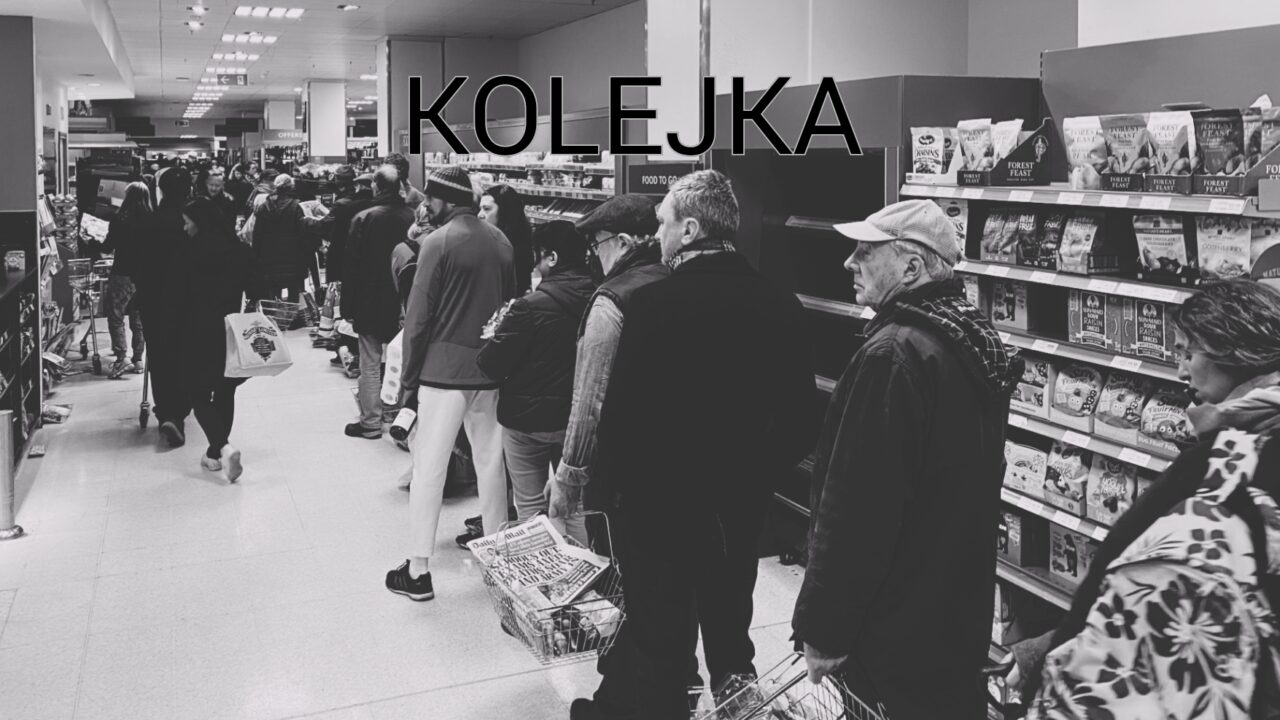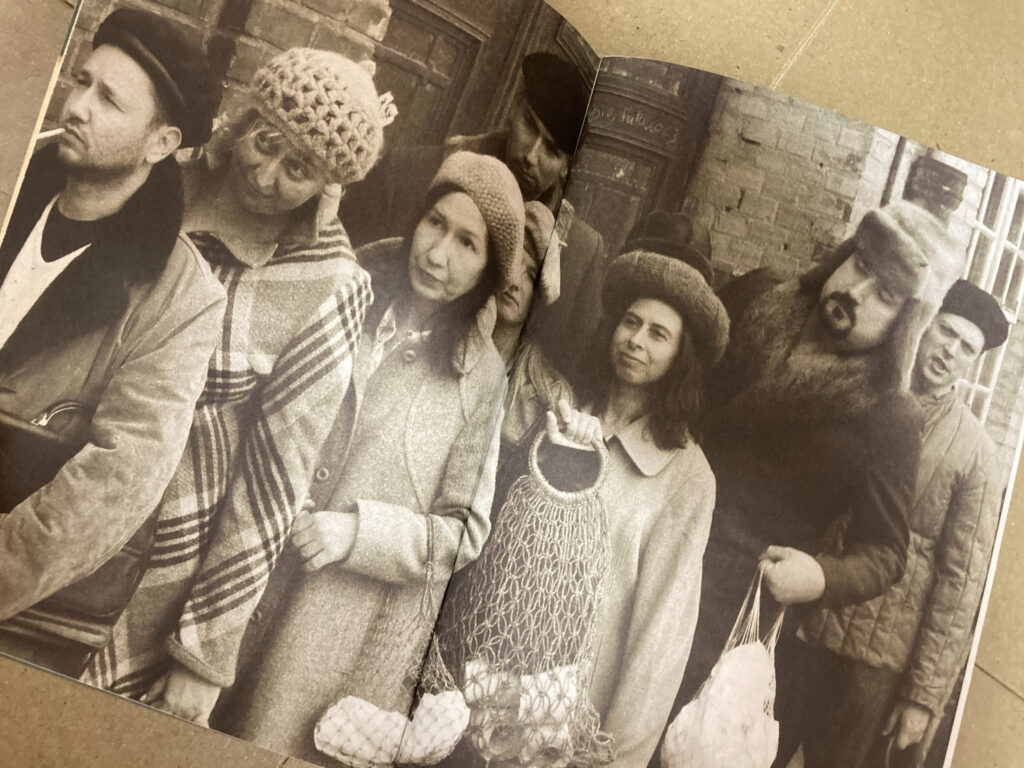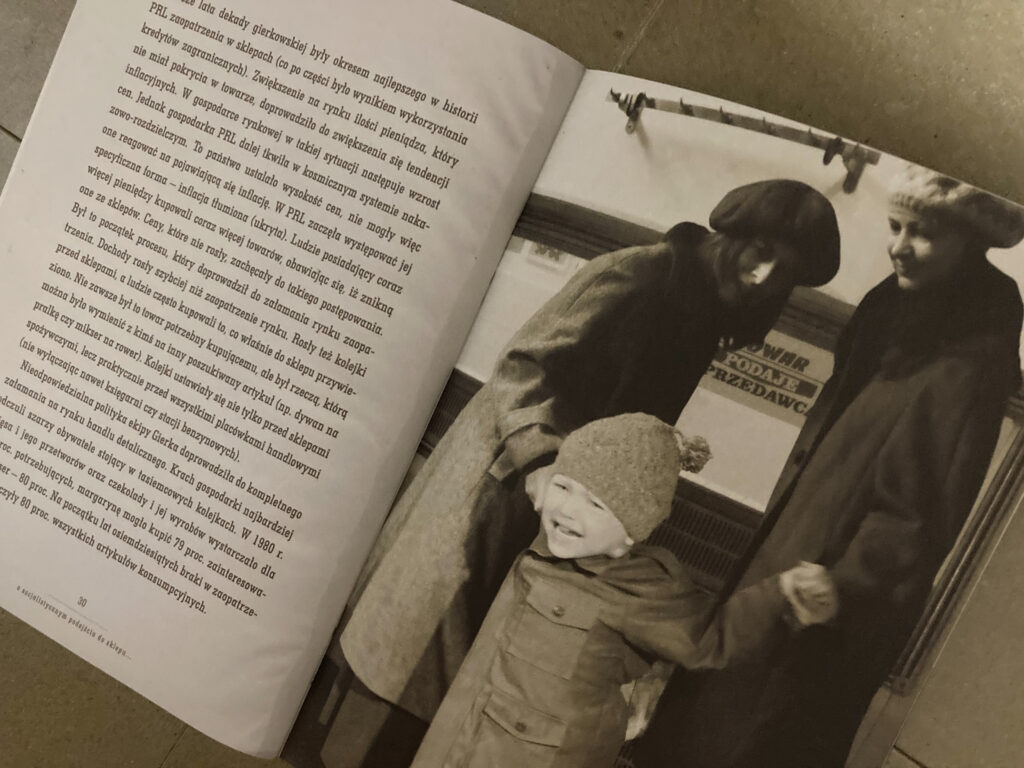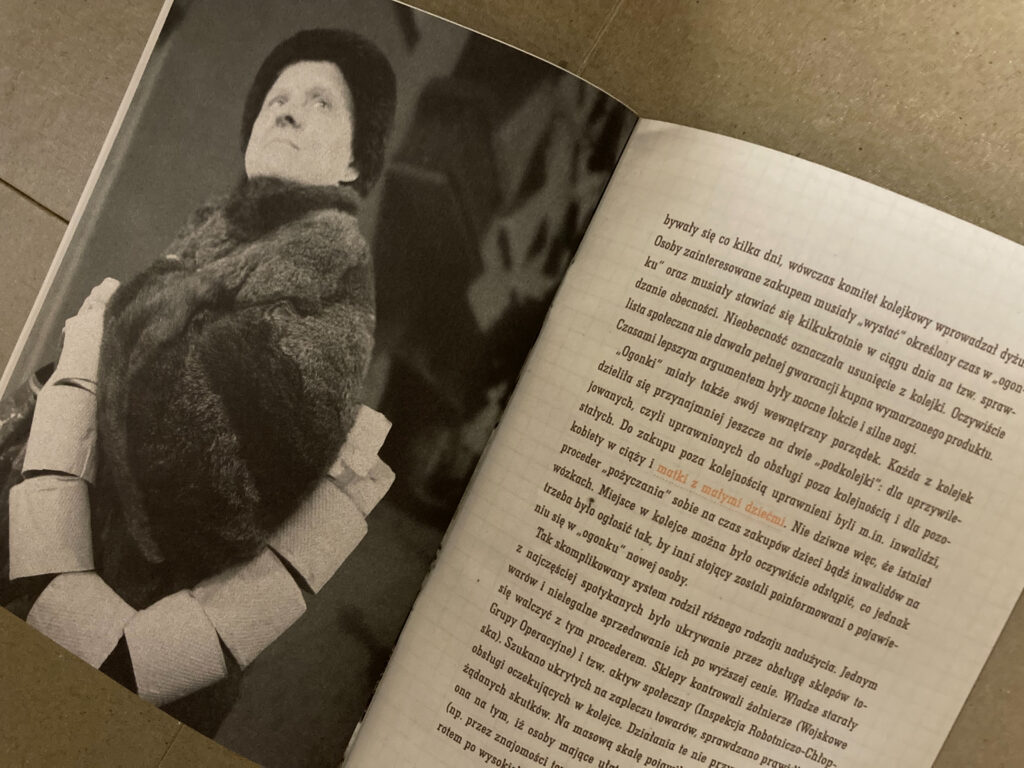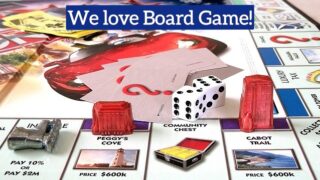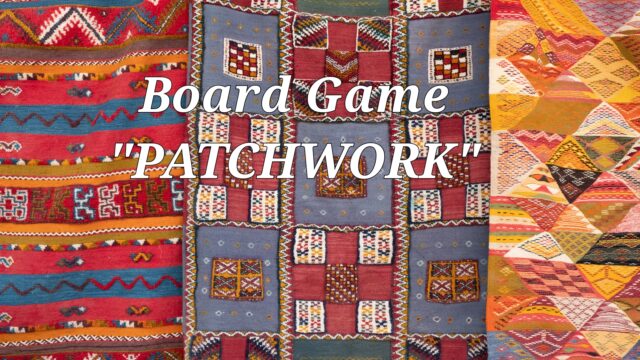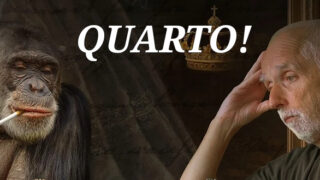This is an introduction to Kolejka, a Polish board game. If you are considering buying it, please refer to this article.
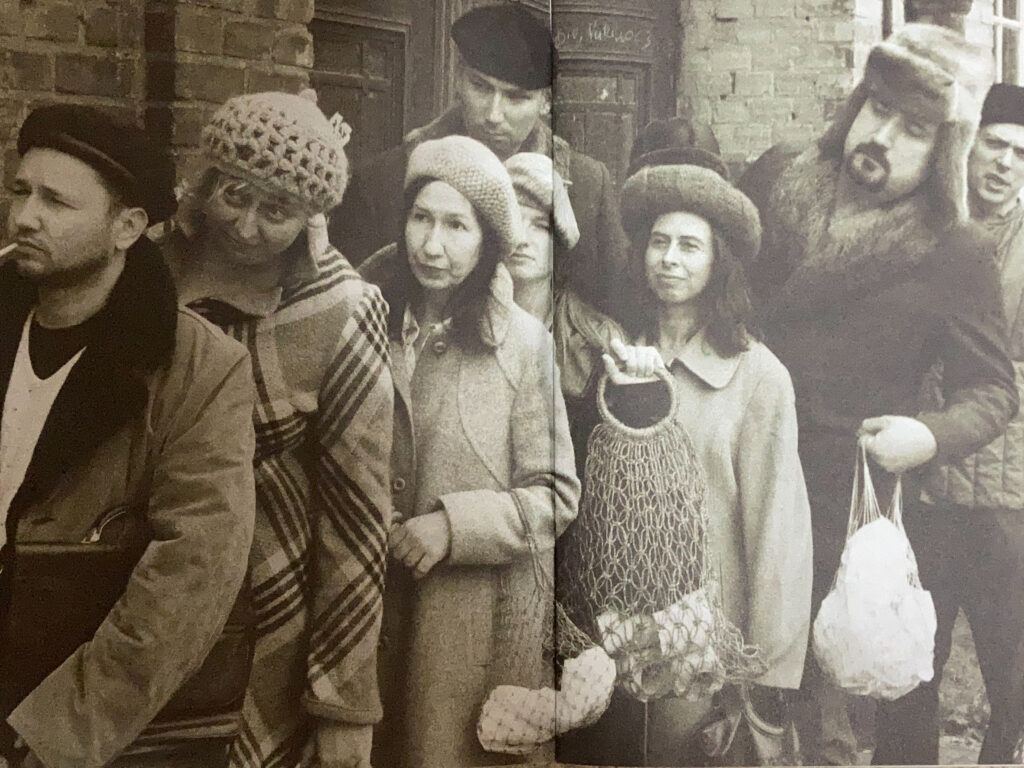
Basic information
What is Kolejka?
Kolejka” is the Polish word for “queue” in this Polish board game. Even when they could, they had to stand in line to buy them. This is a pop game that depicts the daily lives of people who were forced to live such difficult lives, using the motif of “shopping lines”.
The game is produced and sold by the Polish State Archive, a public institution of the Polish state. The game was created in the hope that the state itself would recognize the failure of communism at that time, and that people would remember and think about that failure.” You might think that a board game made by the state would be uninteresting, but it’s not at all. It’s a very interesting board game by itself, and it’s unique in that it doesn’t resemble other games.
Objective of the game/end
Five panels (family? Friends?) to stand in line before the store opens and get all the items on the given shopping list. The game ends when one of the players gets all the items on the shopping list.
Number of players: 2-5 (the more the merrier. The longer the line, the harder it is to get what you want.
Time required: 60 minutes (We want to do this calmly when I have time.)
Conclusion: Highly recommended if you are playing with 3 or more people.
It’s best to try it once to get a feel for the whole process and get used to the game, but once you understand it, you’ll probably want to try it again.
Recommendations
Concept
Realistic setting (flow of each turn (day’s activities))
The subject of the game is “shopping,” an essential part of our daily lives, which makes it feel very familiar and easy to get into. Here is the actual flow of the game.
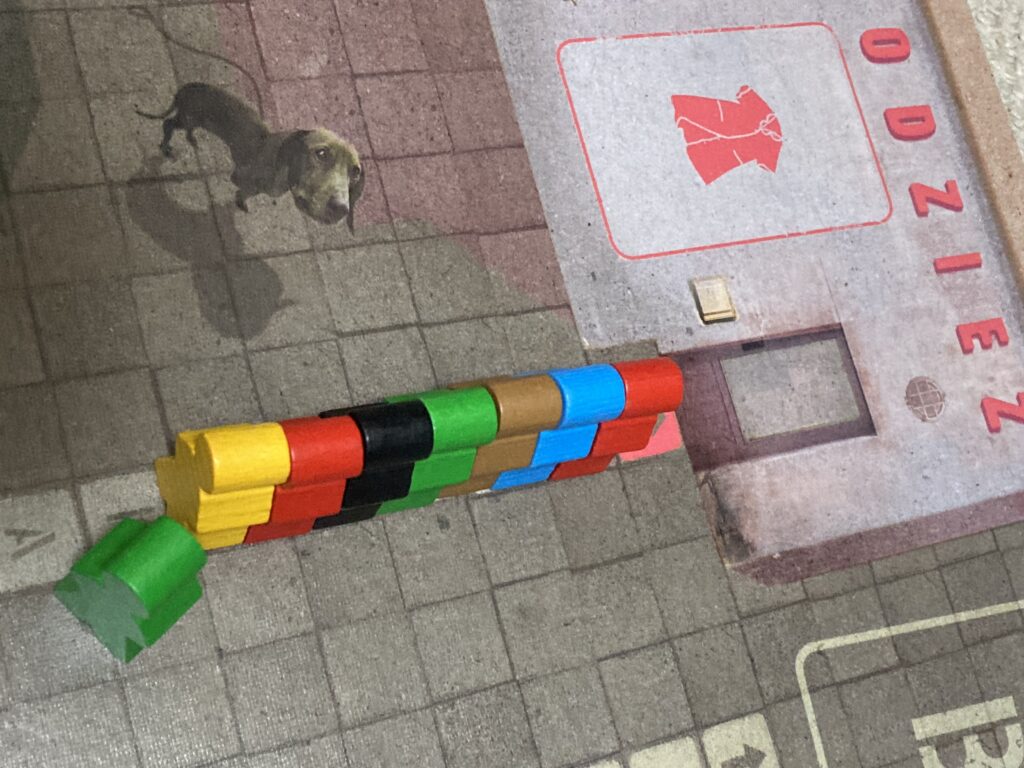
・At this stage, we don’t know how much will be delivered to which stores.
・Stand in line to figure out which store will deliver the goods and when.
「At the moment, there are 8 people in line at this ODZIEZ (clothing store)…」
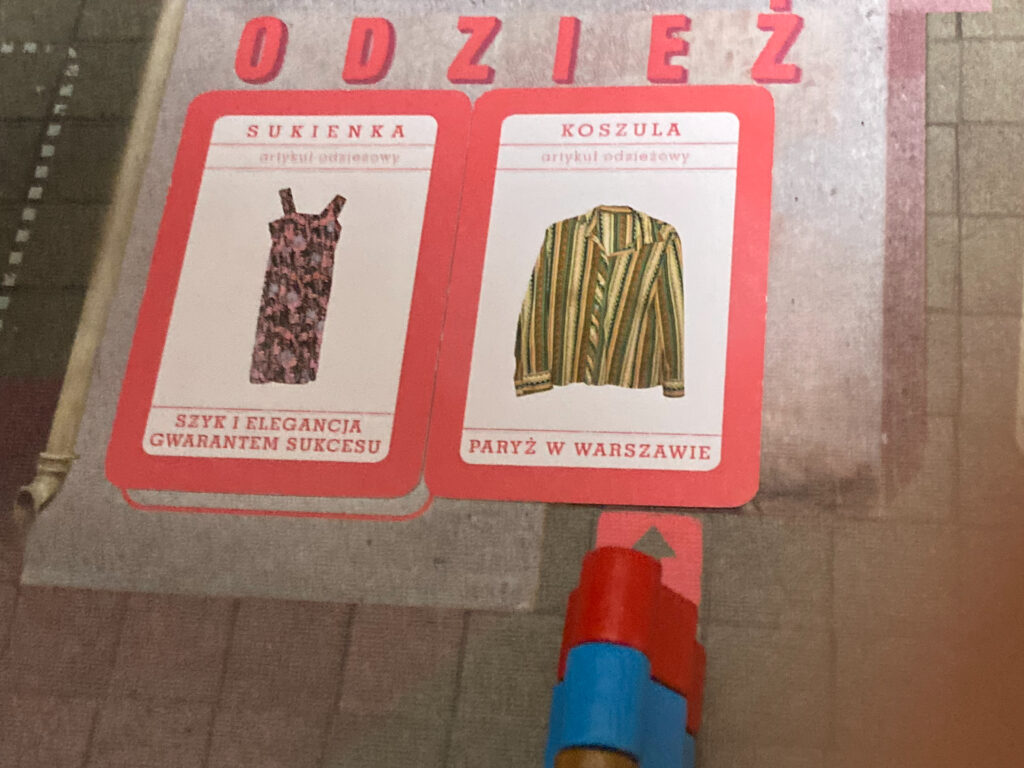
・The number of stores and products will be determined randomly.
「This time, two items were delivered to the clothing store… The battle for these two items is about to begin.」
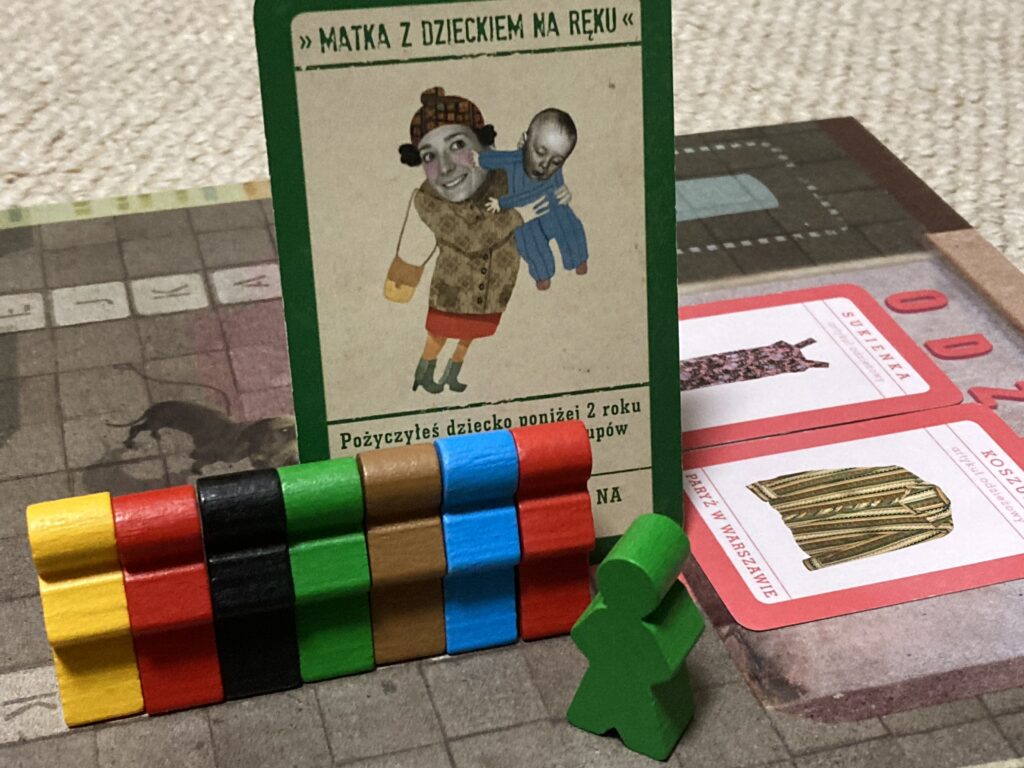
・Use the matrix cards to win the front row.
「The card in the image is the “Child Card,” which allows you to get to the front of the line.」
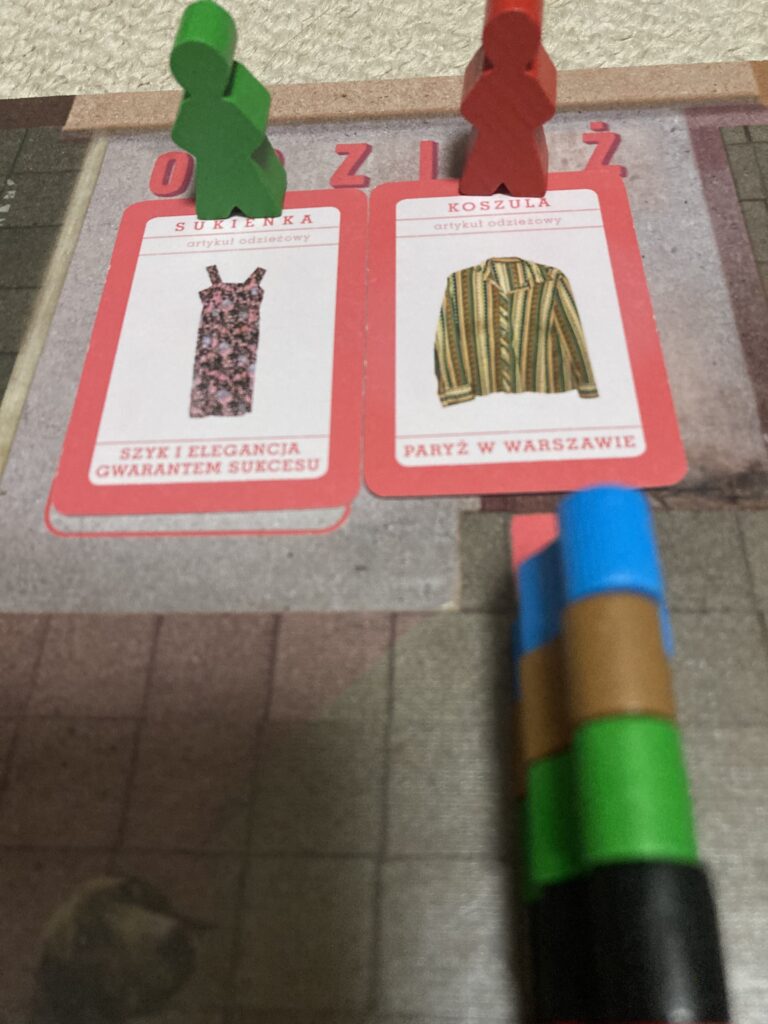
Repeat this process from Monday to Friday (five times). After these, the week is over and the card board is organized (Saturday). Repeat this process for the rest of the week, collecting items for the shopping list.
Realistic product photos from the 1980s
There are a total of 60 product cards (5 types x 12 cards), all of which are actual product photos that may have been sold in Poland in the 1980s, and all 60 cards are different products. (There is also a Nintendo game watch.) It’s fun to look at because it creates a sense of what life was like back then.
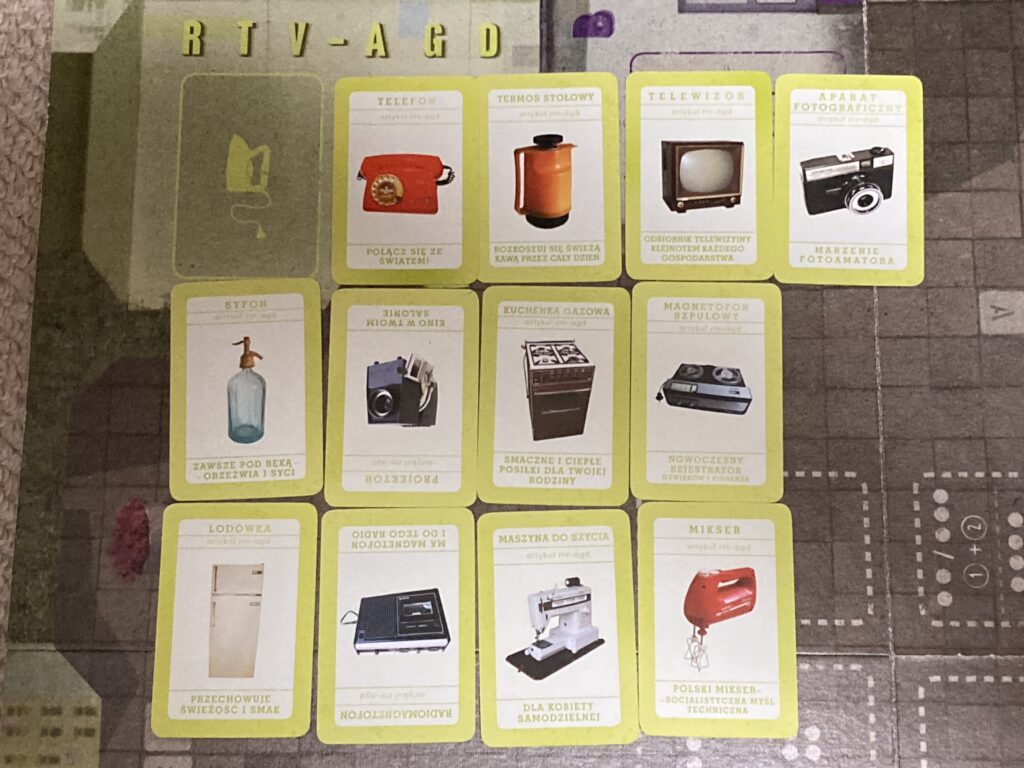
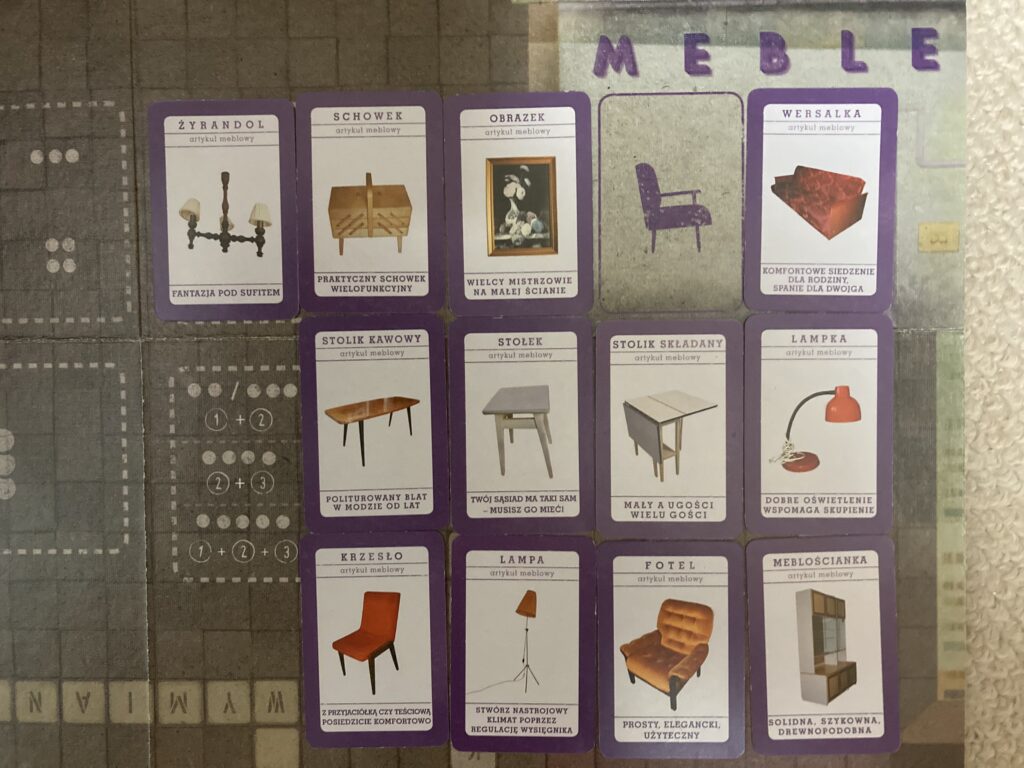
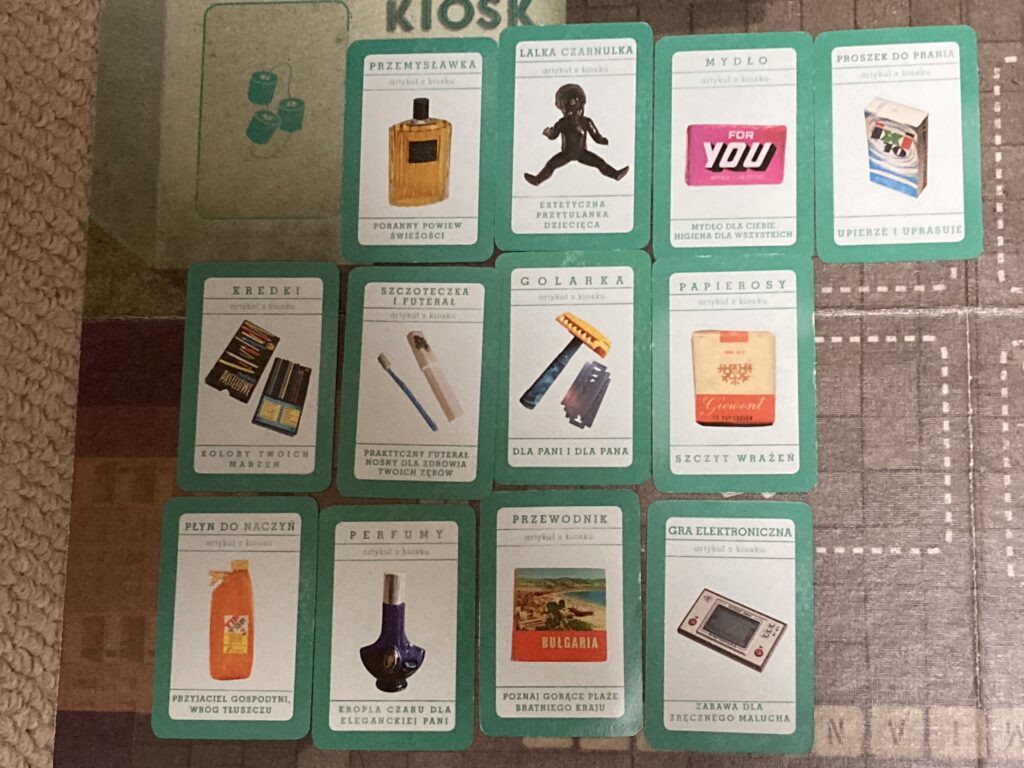

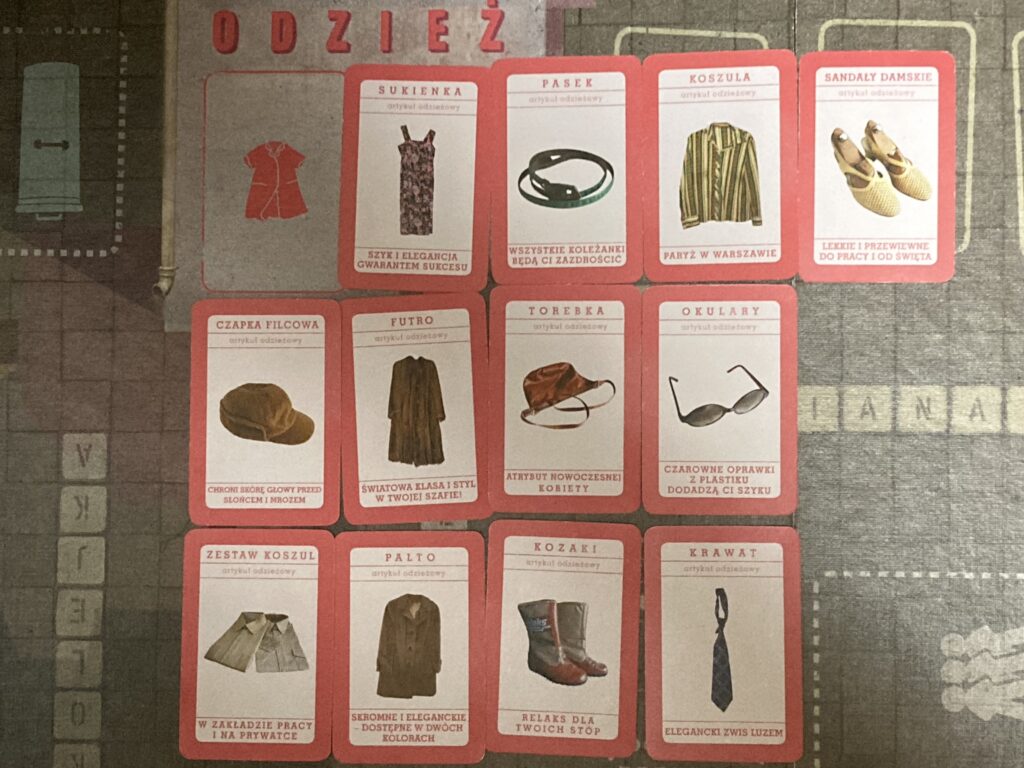
Queue cards – pop-up character animation and real-life setting
Once you are in line, you can use “queue cards” to get a limited number of items. There are 10 different types of queue cards, each with its own effect, such as “interrupt the queue” or “change the store to deliver”. The characters on these cards are drawn on pop-up displays, and the settings and effects of each character make you think they actually exist. The setting is familiar and easy to understand, allowing you to get into the game naturally.
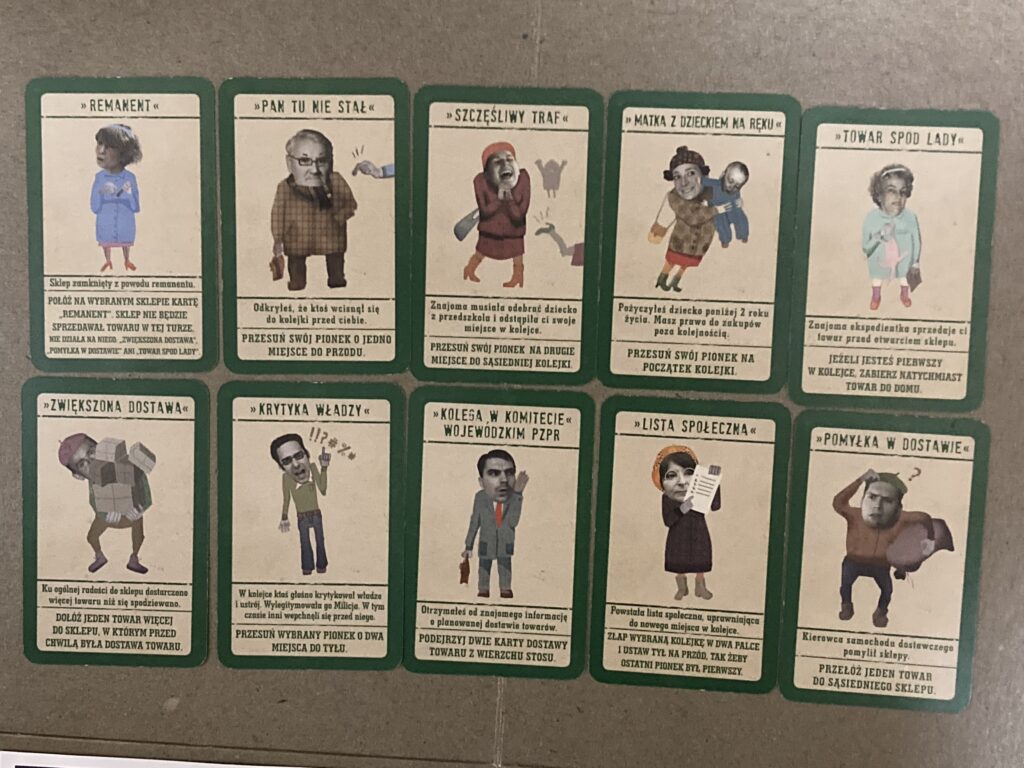
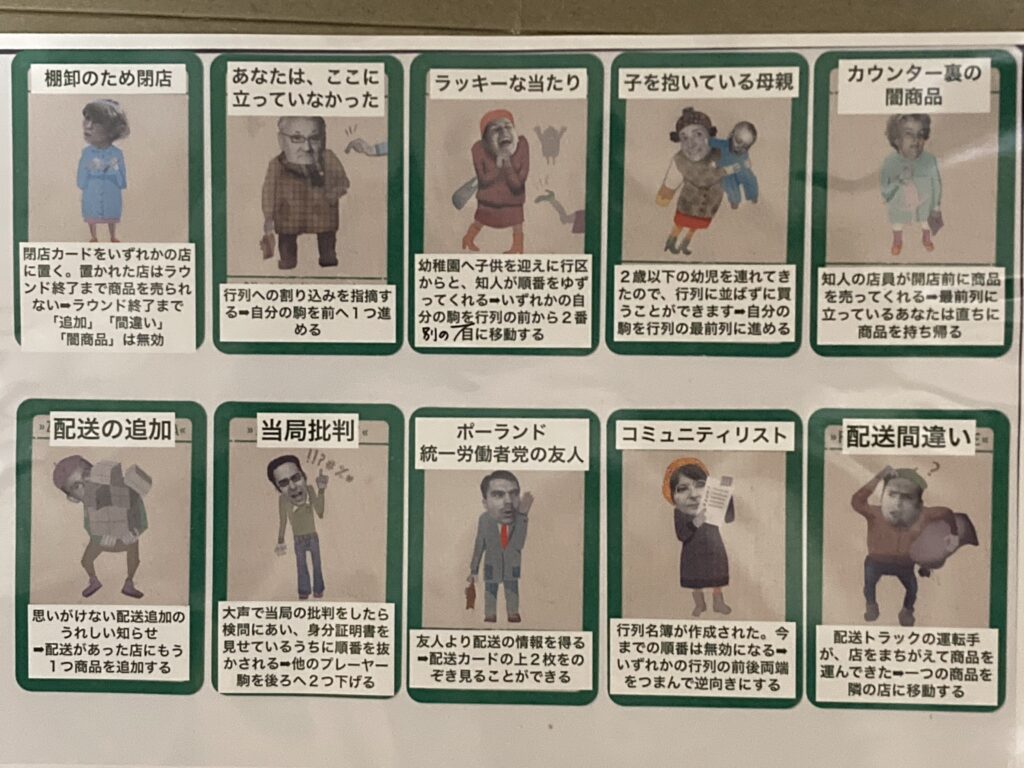
What do you think? Each person has a very plausible setting and is integrated into the game world without difficulty.
Instructions like a photo book.
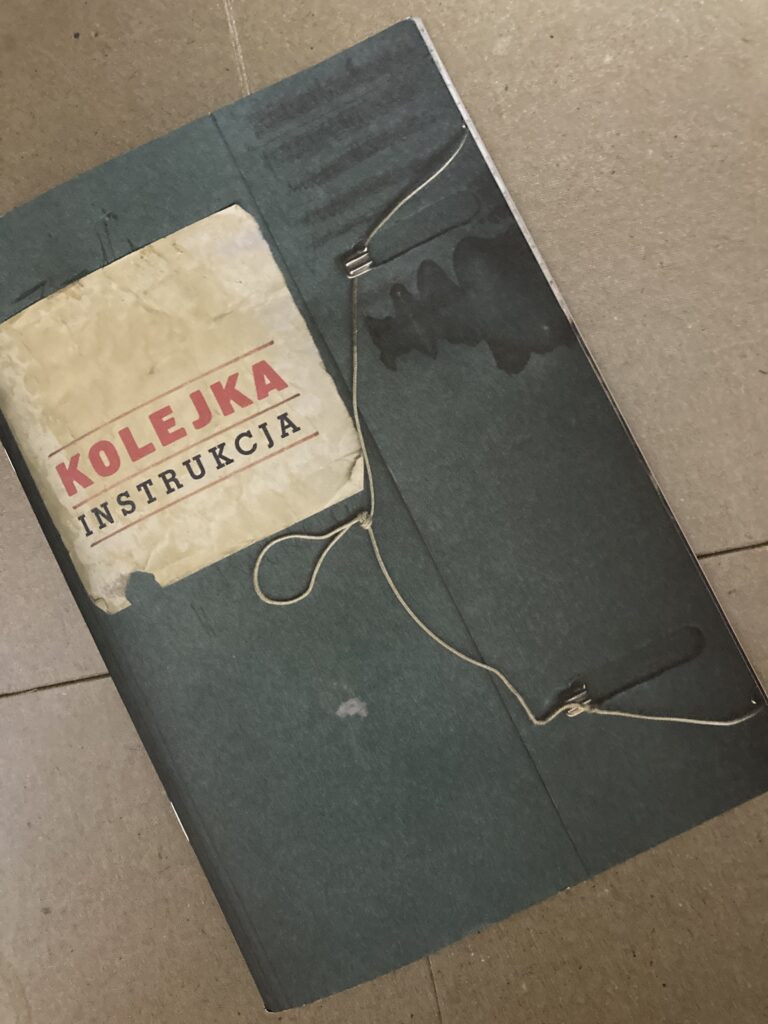
The accompanying instruction manual is a large 40-page work in A5 size, bound in high-quality paper.
The one we bought is the original (Polish) version, so unfortunately we don’t understand any of the words written in the manual.
However, there are several photos inserted that show Poland at that time, making it look like a stylish little photo book.
Design that shows attention to detail
Overall, the design is stylish and typical of European games.
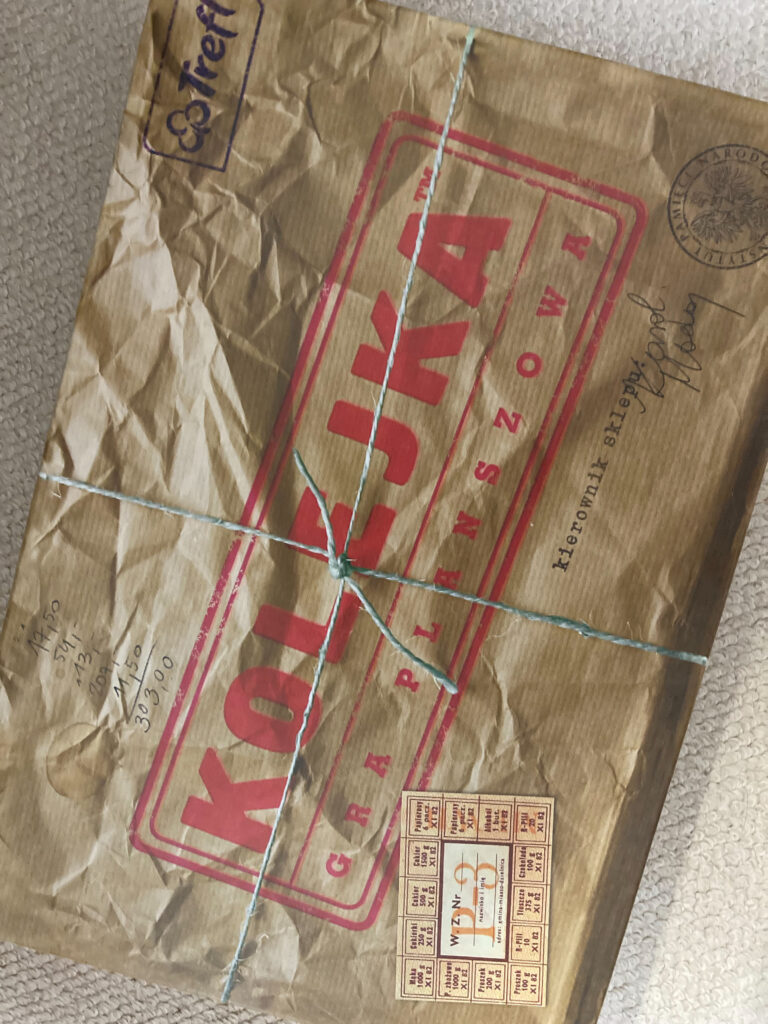
Box with the image of simple, unadorned packaging 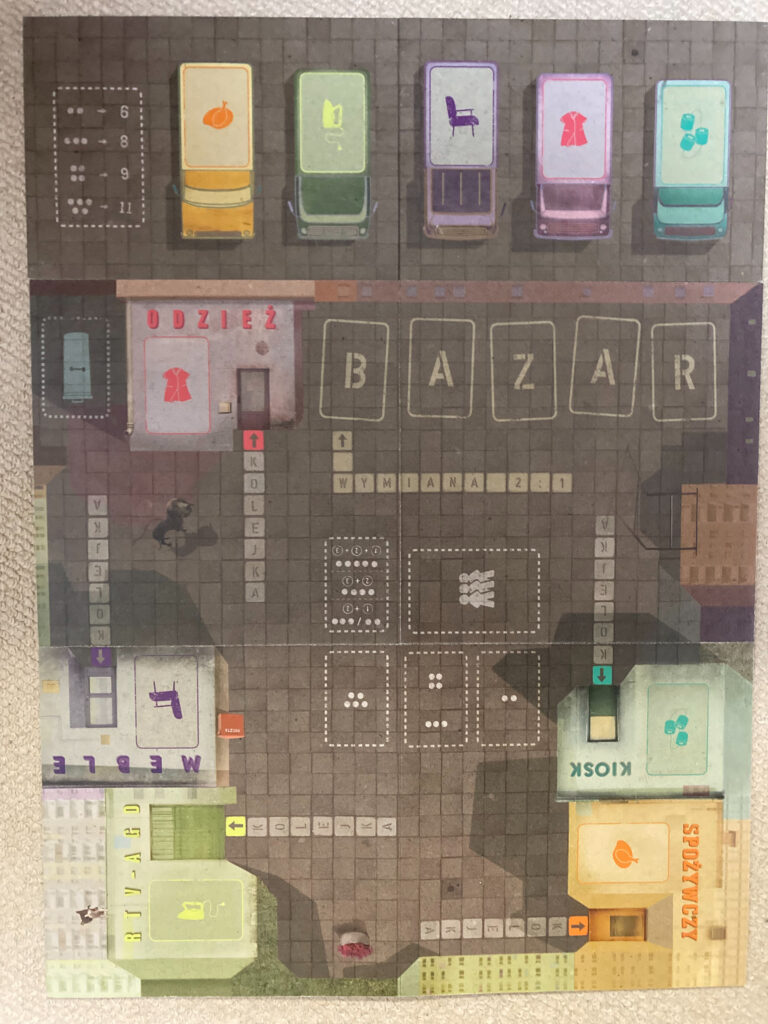
A well-designed board with effective use of icons 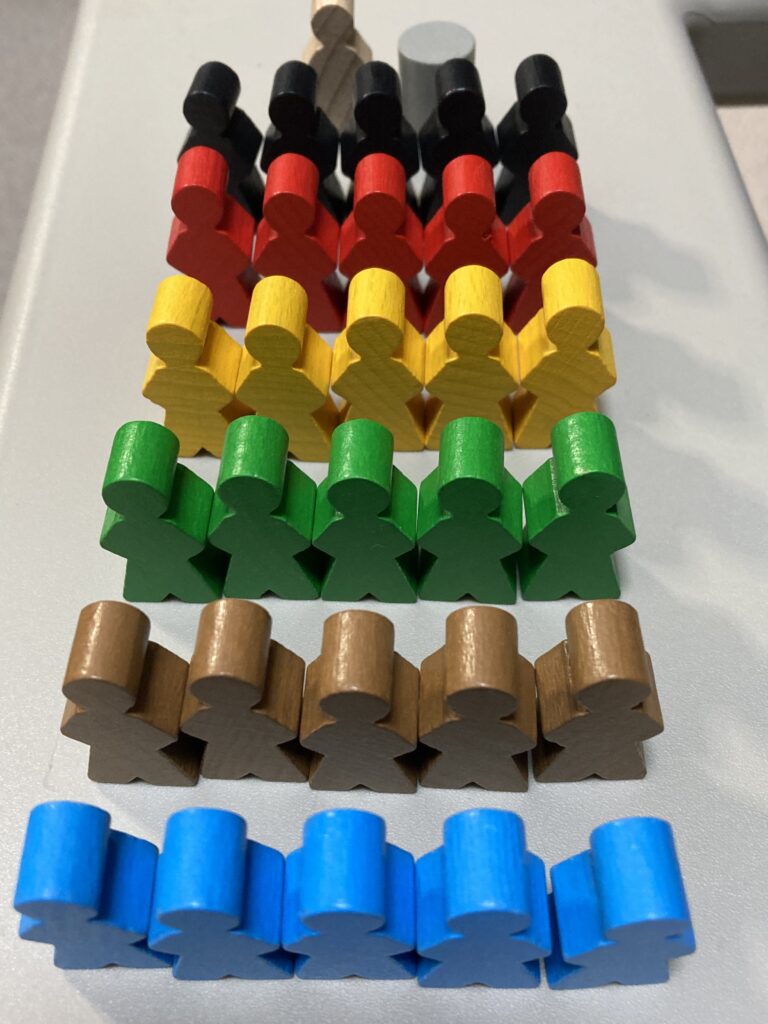
Wooden frames for waiting in line 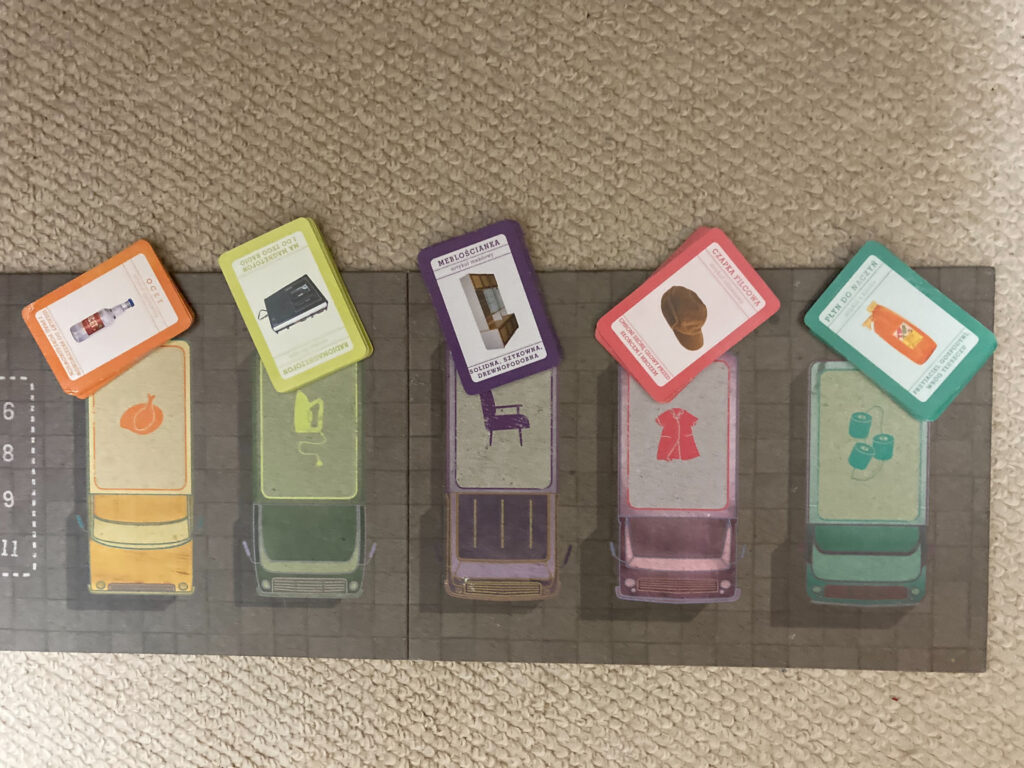
Product card delivery truck in a slightly dull color choice. 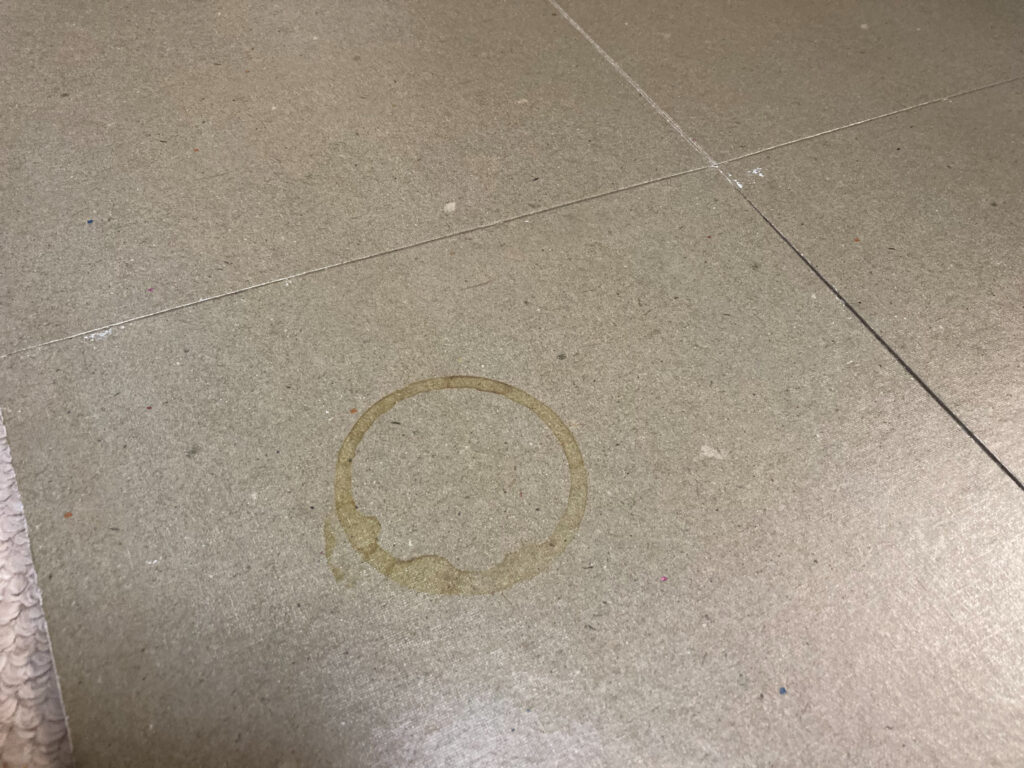
Printed stains from drink cups on the back of the board to create a messy look.
Poland is a powerhouse for games
Germany is the leading board game powerhouse in Europe, but Poland actually seems to be a game powerhouse in terms of both board games and video games. I saw a lot of board games and card games lined up in Polish stores (bookstores rather than toy stores). I bought Kolejka as a souvenir to commemorate my trip to Poland, and it was a good purchase as a Polish souvenir and as a board game alone.
